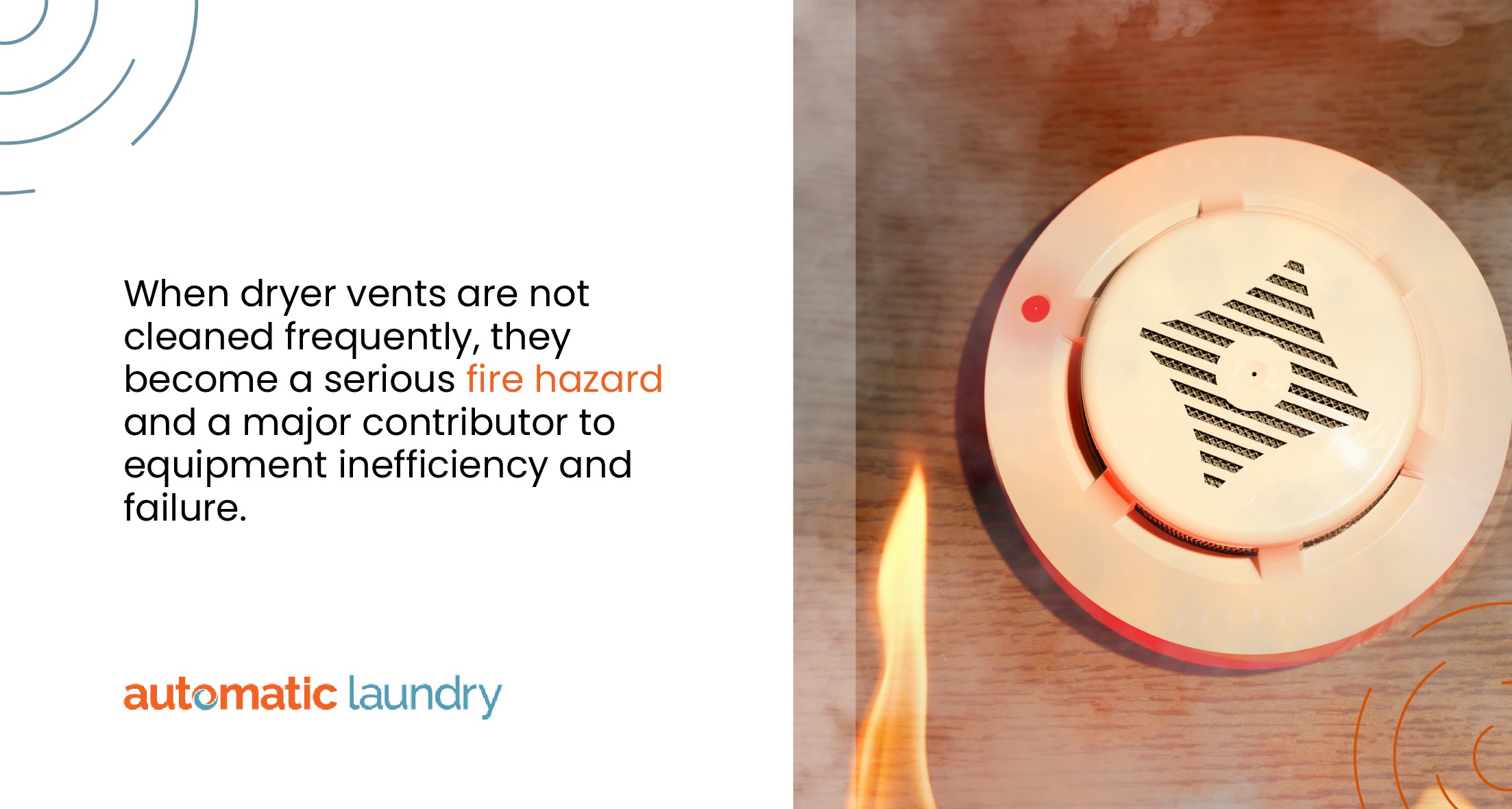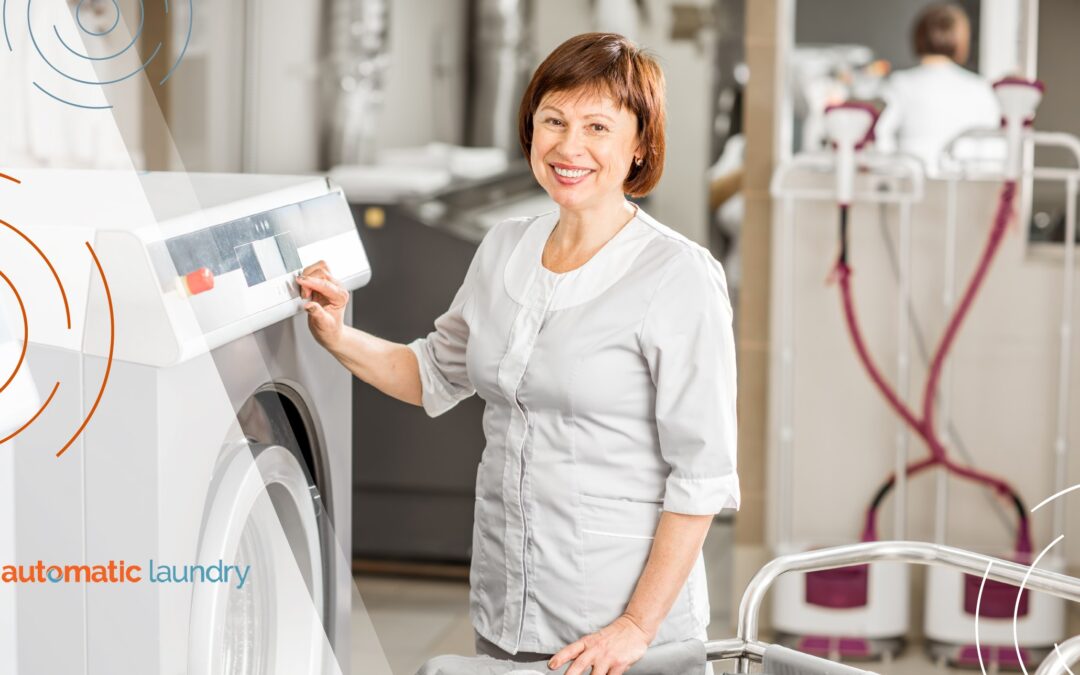In multifamily housing, a well-maintained laundry room is more than just a convenience; it’s a resident expectation. Frequent breakdowns don’t just affect laundry access; they reflect poorly on building management and lead to avoidable complaints. Fortunately, with consistent, proactive care, property managers can prevent most equipment issues before they start. Below are five proven maintenance tips that help minimize downtime, extend the life of your laundry room equipment, and protect your reputation with residents.
1. Schedule Regular Equipment Inspections
Routine inspections are the foundation of any proactive maintenance strategy. Industry experts recommend a basic visual inspection of all laundry room equipment at least once a month, with deeper inspections performed quarterly. According to the U.S. Department of Energy, properly maintained heating systems can improve efficiency by up to 30%. This is a principle that applies just as effectively to laundry machines and supports the value of scheduling monthly and quarterly inspections for laundry room equipment. Keeping machines in top shape with routine maintenance ensures optimal efficiency and defers costly replacements.
Early detection helps reduce service calls and prevents full machine outages. By maintaining a documented inspection routine, such as checking each washer and dryer for hose leaks, worn belts, clogged lint traps, dirty filters, and loose electrical connections, property managers can catch and address small issues early, improving operational stability and minimizing disruptions for residents.
2. Clean and Check Dryer Vents Frequently
Dryer vent maintenance is essential for keeping laundry equipment running efficiently and minimizing costly repairs. Over time, lint, dust, and debris can accumulate in vents and ducts, restricting airflow and causing machines to work harder than necessary. This buildup not only reduces performance but also contributes to longer dry times and unnecessary wear on equipment.
For high-traffic laundry rooms, we recommend inspecting dryer vents at least once a month and performing a more thorough cleaning every three to six months. Regularly clearing lint traps and checking vent ducts helps ensure optimal airflow, supports energy efficiency, and extends the lifespan of your machines.

3. Monitor Water and Drainage Systems
According to a recent study, washing machine hose failures alone cause approximately $150 million in damage annually across the U.S. and Canada . Furthermore, drain backups, leaky connections, or unbalanced water flow all stress washers and infrastructure. It’s important to test connections regularly and monitor for slow drainage, which could signal early-stage clogs or debris buildup.
Installing water flow sensors or partnering with service providers who use remote monitoring technology helps identify abnormalities before residents notice anything wrong. These insights are essential, especially in older buildings where plumbing systems may be less efficient. Proactive water management protects both laundry equipment and the surrounding property from costly water damage.
4. Implement a Resident Reporting System
Your residents are the first to notice when something is off. Making it easy for them to report issues with washers or dryers can dramatically shorten response times. Include signage in the laundry room with clear instructions for how to request service, and consider using platforms like the LaundryConnect™ Pay app to streamline reporting and updates.
As highlighted in this post, communication breakdowns between residents and property managers can be a major cause of dissatisfaction. When residents can easily report malfunctions and see quick resolutions, they feel heard and supported, boosting retention and trust. It also allows your maintenance team to stay ahead of small issues before they escalate.
5. Train Cleaning Staff on Proper Equipment Care
Custodial staff often play a key role in day-to-day laundry room upkeep. Providing training on how to identify early signs of machine distress, such as leaks, odd noises, or error messages, can help prevent equipment damage. Staff should also know how to properly clean filters, wipe down machine exteriors, and handle detergent or water spills without using harsh chemicals near control panels.
In addition to routine cleaning, it’s important to train staff on the difference between cleaning and sanitizing. High-moisture areas like washer drums and door seals can harbor bacteria, mold, and odors that basic cleaning may not address. Teaching your team how to safely sanitize machines—especially in shared spaces—can enhance hygiene and extend machine life. For detailed instructions and best practices on how to sanitize washing machines, check out this blog post.

Conclusion
Preventive maintenance is one of the most cost-effective ways to reduce laundry room downtime, protect your equipment investment, and maintain tenant satisfaction. By scheduling regular inspections, empowering staff, monitoring usage, and partnering with the right provider, property managers can take control of their laundry operations before problems arise.
Automatic Laundry can help you build a proactive maintenance plan tailored to your building’s needs. Contact us today to learn how our reliable service and smart systems can help protect your laundry room equipment and enhance resident satisfaction.


